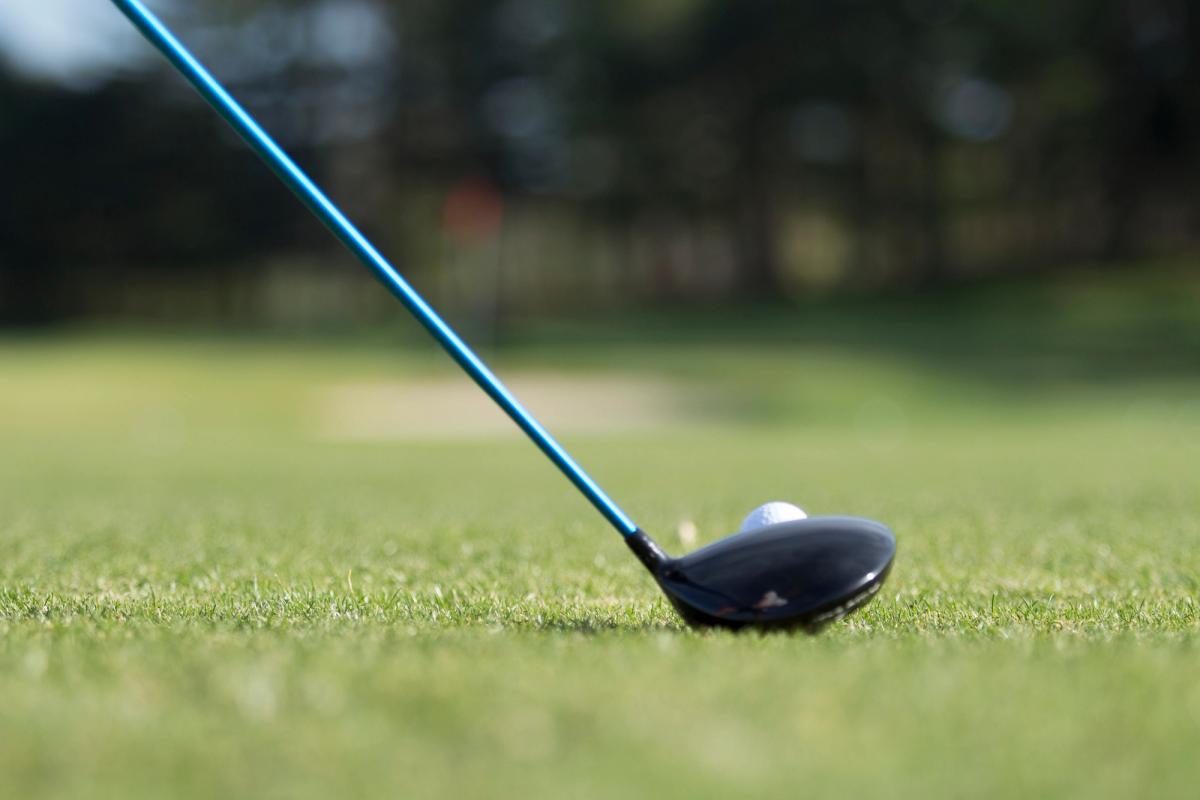
Counter-weighting is a less common swing-weighting technique, but is important to know how to do. Before I begin the actual tutorial, I want to explain what counter-weighting is, and how it can be used to your advantage.
What is Counter-Weighting?
Counter-weighting is when you add weight to the "butt end" aka grip end of the golf club. It can be done in several ways, but I have demonstrated my favorite method in this tutorial. When you add weight to the grip end of a golf club, you essentially decrease the overall swing-weight of the club (Ex: If you add a 10 gram counter-weight to a club that plays at a D4 swing-weight, you will be lowering this swing-weight to D2. If you don't understand this, check out my swing-weighting 101 page.)
Chances are, you probably won't want to lower the swing-weight of a golf club, as most golf clubs have a fairly low swing-weight to start with (in my opinion). In the past, what I have used counter-weighting for is aimed more towards making the entire club heavier than decreasing swing-weight.
Here is a scenario that might help you understand this better:
Suppose I have a 3-wood with a 65 gram shaft in it, playing at a swing-weight of D3 with no lead tape or counter-weights on it. I take it to the range, and notice that the overall weight of the club is really light, and at impact, I'm not feeling much force (notice I didn't say that the clubhead felt light, but the overall weight of the club... Very important to understand this distinction in swing-weighting). I want to make the club heavier without changing the "feel" of it, because I like playing my 3-wood at D3 swing-weight.
Initially, I add 10 grams of lead tape to the clubhead. I take it back to the range and swing it, but notice that the clubhead feels way too heavy in proportion with the rest of the club. In order to balance this out, I must add a 10 gram counter-weight to the club. Now, the club is back to its original "feel" but delivers a much more powerful blow to the ball at impact, because the overall weight of the club is greater.
In this scenario, I took a 3-wood that was at a D3 swing-weight, increased the overall weight of the club by 20 grams, and still maintained that D3 swing-weight. This is a great idea for anyone who wants to develop their golf muscles, or for anyone who is stronger than most.
This is what counter-weighting can accomplish.
Now that you understand the concept, here is my tutorial on how to counter-weight a golf club!
Materials Needed
- Tour Lock Weights (they come in many different weight options)
- Tour Lock Drill Bit (called "grip modifier" on Golfworks)
- Allen wrench that fits the tour lock weights
- Drill